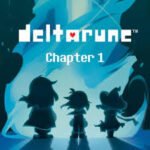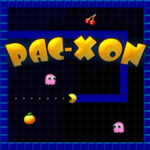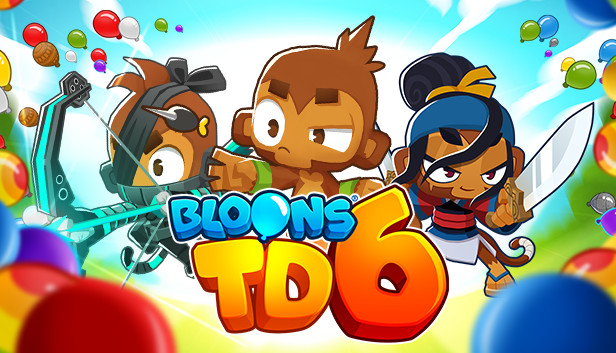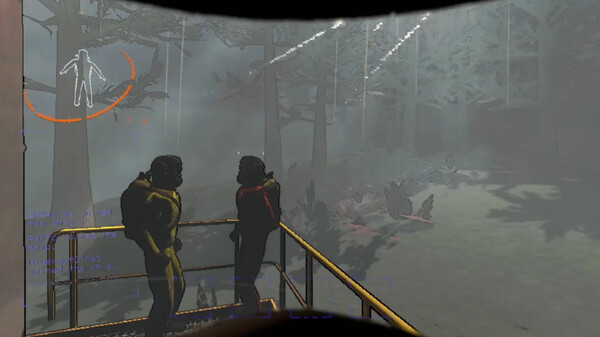Mario Kart World: A New Era in Kart Racing
Introduction
Mario Kart World, released in June 2025 for the Nintendo Switch 2, is a bold reimagining of the classic kart racing formula. Developed by Nintendo EPD with support from Monolith Soft and Bandai Namco Studios, the game introduces groundbreaking features like open-world exploration, dynamic terrain physics, a Knockout Tour mode, and 24-player races. It’s more than just a sequel — it's a complete overhaul aimed at expanding the boundaries of what a Mario Kart game can be.
1. Origins and Development
The Idea Behind the Game
Development of Mario Kart World began as early as 2017. Instead of following the safe sequel route of Mario Kart 9, Nintendo envisioned a major leap forward — blending racing with free-roam elements. The name "World" was chosen deliberately to reflect a larger scope and more ambitious vision than anything seen before in the series.
Delays and Platform Decisions
Originally designed for the Nintendo Switch, the project was shelved until Switch 2 became available. The hardware limitations of the original console couldn't handle the open-world structure, leading to an extended development timeline that spanned nearly eight years.
2. Transition to Switch 2
Why the Upgrade Was Necessary
The Nintendo Switch 2 brought the horsepower necessary to deliver real-time streaming worlds, refined physics, and high player counts. With its upgraded CPU and GPU, Mario Kart World was finally able to render large, seamless environments without sacrificing frame rate.
Collaborative Development
Nintendo enlisted help from trusted studios like Monolith Soft (known for open-world design) and Bandai Namco (for multiplayer and netcode expertise). This collaboration ensured Mario Kart World would meet the expectations of both casual fans and hardcore racing enthusiasts.
3. A Truly Open World
Freedom to Explore
Unlike previous Mario Kart titles, players can now drive across a massive interconnected landscape. Tracks flow into each other without loading screens. Biomes include deserts, jungles, volcanoes, and urban cities — each with hidden paths, collectibles, and time trials.
Environmental Challenges
Off-roading mechanics make terrain more than just scenery. Different surfaces like mud, ice, and sand affect kart control and speed, adding a strategic layer to exploration and race planning.
4. The Knockout Tour Mode
A New Competitive Experience
Knockout Tour mode revolutionizes the single-player and multiplayer formula. Players race through themed circuits, and the last few racers are eliminated each lap. It’s fast-paced, unforgiving, and rewards quick thinking.
Themes and Progression
Each Knockout Tour season includes themes — like Lava Rush or Midnight Circuit — with exclusive rewards, characters, and unlockables. The mode also introduces variable race goals beyond simply finishing first.
5. Bigger Races, More Chaos
24-Player Mayhem
Mario Kart World doubles the player count from 12 to 24 racers. Online and local races are now more hectic, intense, and competitive than ever before. More karts mean more collisions, item use, and racing drama.
Stable Online Experience
Despite the chaos, the new netcode offers buttery smooth online play. Lag is minimal, and matchmaking is much faster thanks to improved backend support.
6. Expanded Character Roster
New and Returning Racers
The game includes over 50 characters — from classic staples like Mario, Luigi, and Peach to more obscure faces like Pauline, Kamek, and Captain Toad. Villains, sidekicks, and even crossover guests like Link and Samus make appearances.
Unlockable Skins and Costumes
Each character has multiple alternate outfits that can be unlocked through gameplay or seasonal challenges. These are cosmetic only but provide a sense of personal flair during races.
7. Dynamic Music and Sound Design
A Sonic Evolution
The soundtrack features reimagined versions of classic themes and all-new tracks. Music adapts in real-time — escalating during final laps, changing as players move between biomes, and intensifying when a blue shell is inbound.
Award-Winning Talent
The score was composed by a team including Atsuko Asahi and the jazz fusion band Dezolve. The result is one of the most eclectic and impressive Mario Kart soundtracks to date.
8. Critical Reception and Reviews
What Critics Are Saying
Mario Kart World received widespread acclaim, earning an average score of 86/100. Reviewers praised its innovation, polished mechanics, and scope. IGN called it “the future of arcade racing,” while GameSpot noted its depth and replayability.
Constructive Criticism
Not all feedback was glowing. Some players found the open-world map confusing at first. Others criticized the amount of grinding required to unlock certain characters and skins. However, these issues were minor compared to the game’s overall success.
9. Real-World Integration: Theme Parks
Super Nintendo World and Beyond
Mario Kart World inspired real-world experiences. The “Bowser’s Challenge” ride at Universal Studios Japan and Hollywood mirrors the game’s mechanics using AR headsets and physical karts. Riders compete virtually, collecting coins and avoiding obstacles in real-time.
The Future of Immersive Gaming
These attractions blur the line between video game and theme park ride. Nintendo’s strategy to cross-promote with physical experiences cements Mario Kart as both a gaming franchise and entertainment brand.
Conclusion
Mario Kart World stands as the most ambitious title in the franchise’s history. By integrating open-world design, massive multiplayer, knockout mechanics, and character customization, it breaks new ground without losing its classic charm. With strong critical reception, innovative features, and real-world theme park synergy, it’s more than just a kart racer — it’s a cultural phenomenon.
Whether you're a long-time fan or a new player, Mario Kart World offers a vibrant, challenging, and endlessly replayable experience that will keep you coming back for more. Nintendo took a risk, and it paid off with one of the most important racing games of this generation.
































